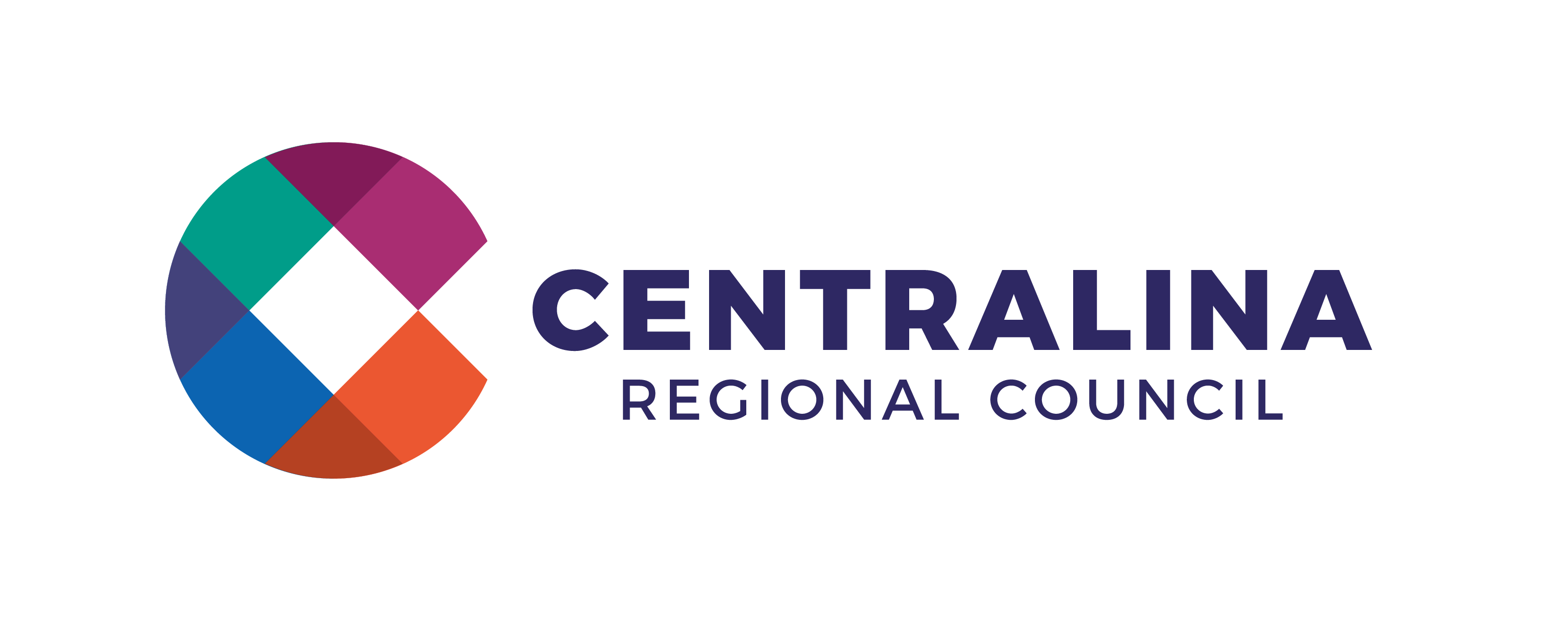As innovations in transportation and energy advance, it is important to ensure all communities can benefit from these new developments. This is especially critical when we consider the roles transportation and energy infrastructure have played in the historic disenfranchisement, segregation and disinvestment in communities of color and low-income across the United States and within our region. Historically, discriminatory zoning and lending practices have forced residents of color and low-income residents to live closer to sources of toxic pollution, such as highways and industrial sites.
The impacts of systematically excluding communities of color and low-income communities from planning and decision-making around transportation and energy are still seen and felt. People of color and people in poverty are far more likely to be killed while walking or biking compared to their white, affluent neighbors, and communities of color are more likely to experience more significant pollution burdens. This final Centralina Learns session of the fiscal year focused on how planners can incorporate principles of environmental justice within their community and collaborate with other communities on projects focused on mobility and energy.
Panelists:
- Ray Addison II – VP of Sales & Marketing, Go-Station
- Sandy Brennan – VP & Senior Project Manager, Foursquare
- Cherie Jzar – Diversity, Equity & Inclusion Coordinator, City of Gastonia
- Antoine Thompson – Executive Director, Greater Washington Region Clean Cities Coalition
Key Concepts:
-
Environmental justice is the recognition and remediation of the disproportionately high and adverse human health or environmental effects on communities of color and low-income communities.
- Energy justice, or energy equity, is the goal of achieving equity in both the social and economic participation in the energy system, while also remediating social, economic and health burdens on those historically harmed by the energy system.
- Climate justice is the remediation of impacts of climate change on people in poverty and people of color, and compensation for harms suffered by such communities due to climate change.
What’s Been Done So Far:
The Biden administration’s Justice40 Initiative (J40) reflects a federal commitment to tackling long-standing environmental justice issues, including climate change, clean energy and energy efficiency, clean transit, affordable and sustainable housing, training and workforce development, remediation and reduction of legacy pollution and development of critical water and wastewater infrastructure.
J40 established a goal that 40 percent of the overall benefits of certain federal investments should flow to disadvantaged communities that are underserved and overburdened by pollution. Through this effort, the U.S. Department of Energy’s (DOE) Clean Cities Coalition program was designated as a J40 Pilot Program, tasked with maximizing the benefits of DOE investments that flow to disadvantaged communities.
The Centralina Clean Fuels Coalition (CCFC) was designated in April of 2004 as one of more than 75 Clean Cities Coalitions nationwide. CCFC is housed at the Centralina Regional Council and works with over 100 local and regional stakeholders to reduce the amount of petroleum used in transportation around the region. Over the last 18 months, CCFC staff have participated actively in the Clean Cities Energy & Environmental Justice Initiative, a training program designed to equip coalitions with practical strategies and skills to implement environmental justice principles in coalition projects and build authentic partnerships with local communities. CCFC was also selected in 2022 as one of 17 coalitions to receive funding to support hands-on community engagement through the hiring of a Community Engagement Coordinator.
Work Shared by Our Panelists:
Gaston County Community of Practice
Cherie Jzar shared that the City of Gastonia and Gaston County are working to develop and maintain a community of stakeholders that intentionally centers health equity in transportation planning. This project aims to ensure that marginalized communities have influence on decisions that address their needs and concerns. The project also acknowledges the importance of remaining transparent and accountable to the communities they serve.
Go-Station, CleanAIRE NC and the Historic West End
Ray Addison II from Go-Station has an exciting new project for installing electric vehicle (EV) chargers starting on Beatties Ford Rd in Charlotte, NC, an underserved community adjacent to several major highways that contribute to the negative impacts from tailpipe emissions. This project is prioritizing the distribution of EV chargers equitably and is utilizing a proprietary mobile app to provide incentives for drivers to step out of their car and visit local minority owned businesses nearby and shop there at a discount.
Zero Emissions Vehicles: Transition Planning for Transit Agencies
Sandy Brennan of Foursquare ITP explained how Transit Agencies across the country are developing a Transition Plan to help determine how and when the transition to zero emissions vehicles (ZEVs) will occur. While transit agencies cannot meet current demands for new electric buses and associated electric vehicle infrastructure, their staff is quickly learning how to operate under these new conditions, and manufacturers are learning a lot about how to make their technology more reliable. Furthermore, Foursquare supports a model to be used in these agencies that helps to deploy routes and transit vehicles in ways that most benefit underserved communities while also ensuring minimal harm to those riders if a failure or delay in the system does occur.
Greater Washington Region Clean Cities Coalition
Executive Director Antoine Thompson always tries to ensure that, as investments are made in clean energy and transportation, impacted communities of color are at the forefront of decision-making. He described the Greater Washington (DC) Region Clean Cities Coalition’s efforts to partner more extensively with minority and women-owned businesses, as well as their focus on workforce development initiatives. They are involved with multiple career fairs and are launching job readiness classes to help get more people of color into the transportation and energy industries.
How Can We Avoid Perpetuating Previous Injustices in Energy?
- Build quality relationships with your communities where they feel valued enough to express their concerns and perspectives.
- Center the people who are most impacted by these decisions in the decision-making process
- Ensure that everyone has a variety of reliable and affordable options for public transportation.
- Don’t aim for an increase in ridership
,increase reliability for current riders instead. - Allow people from underserved communities to be more involved and take more control of processes.
- Use a trauma-informed care approach (for more on this: “What Are the 6 Principles of Trauma-Informed Care?”) and be aware of diverse experiences.
- Recognize that planners have a responsibility to understand the communities that they are serving.
Centralina members can visit the Centralina Member Portal to watch the Centralina Learns: Mobility, Energy, and Environmental Justice recording in full!





